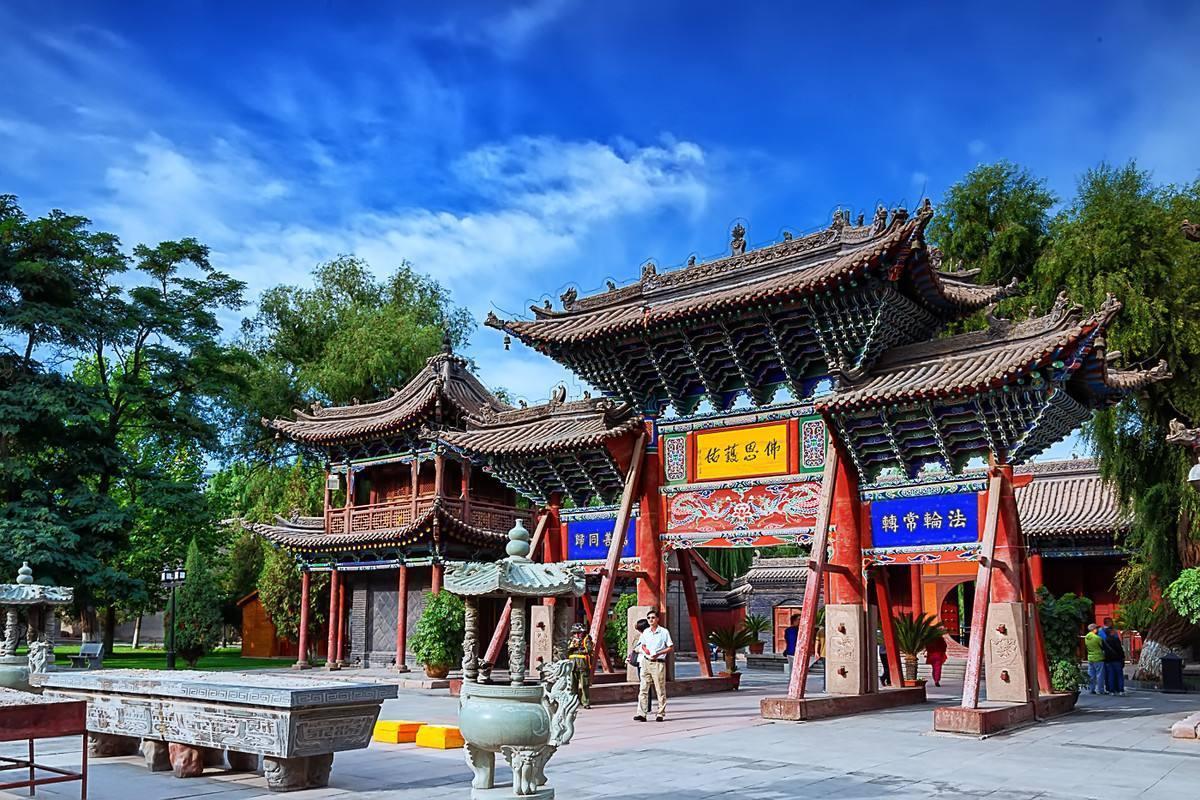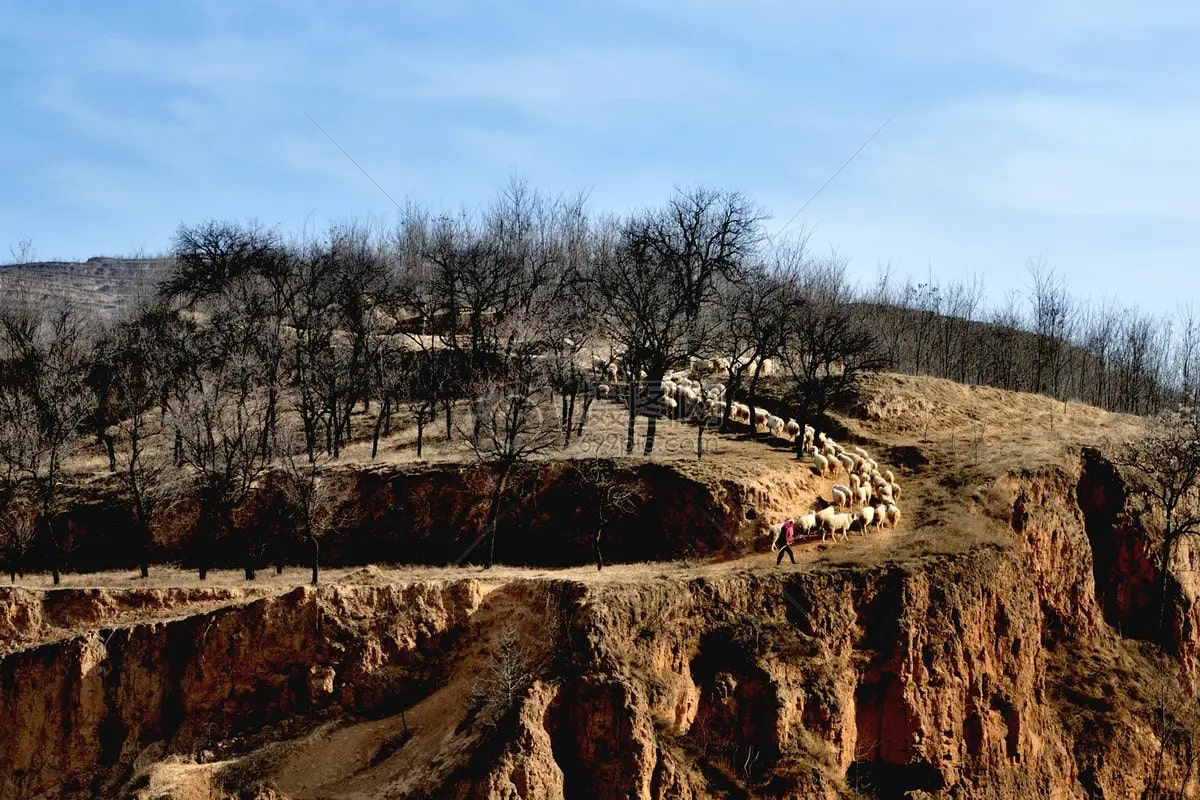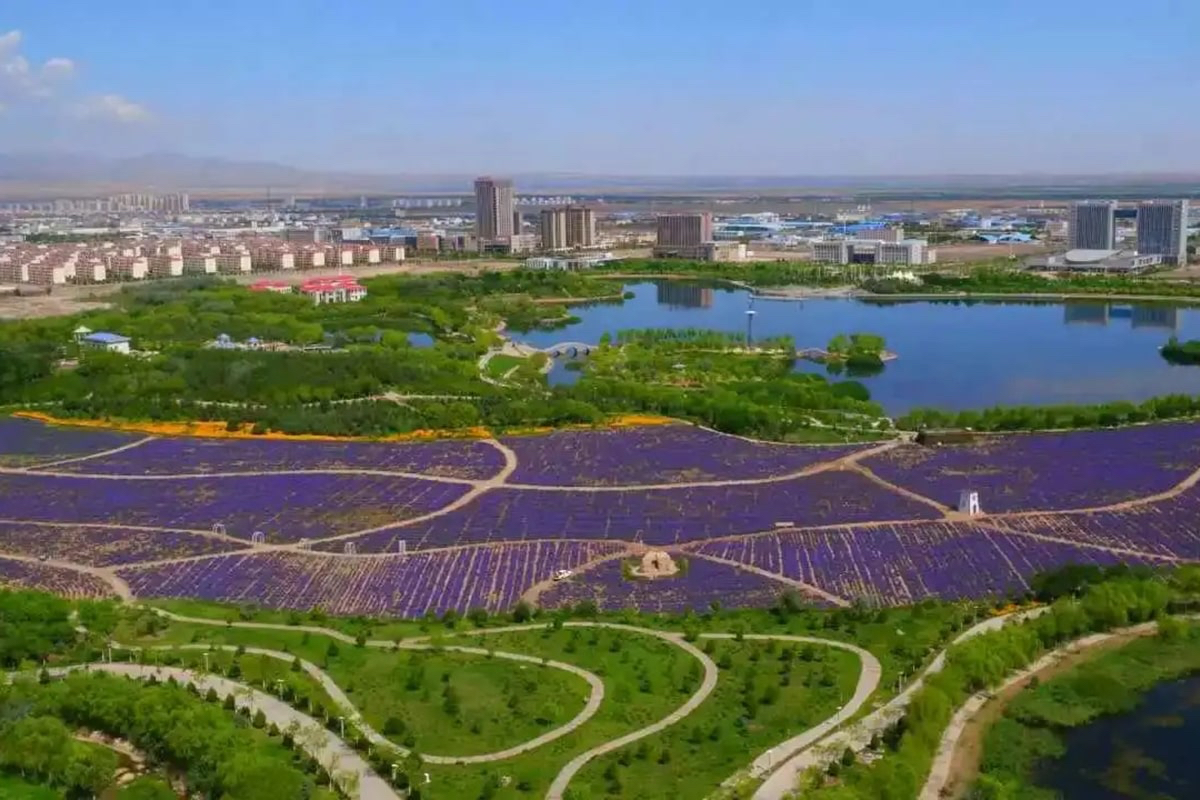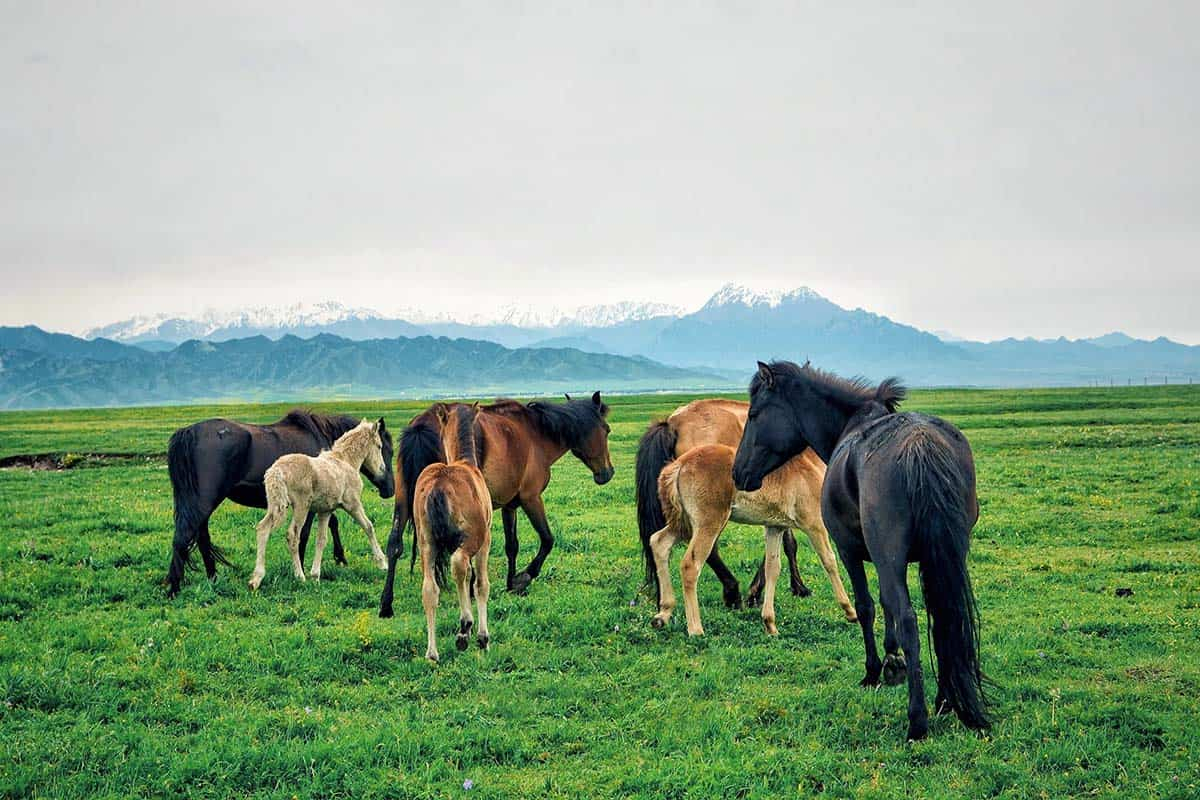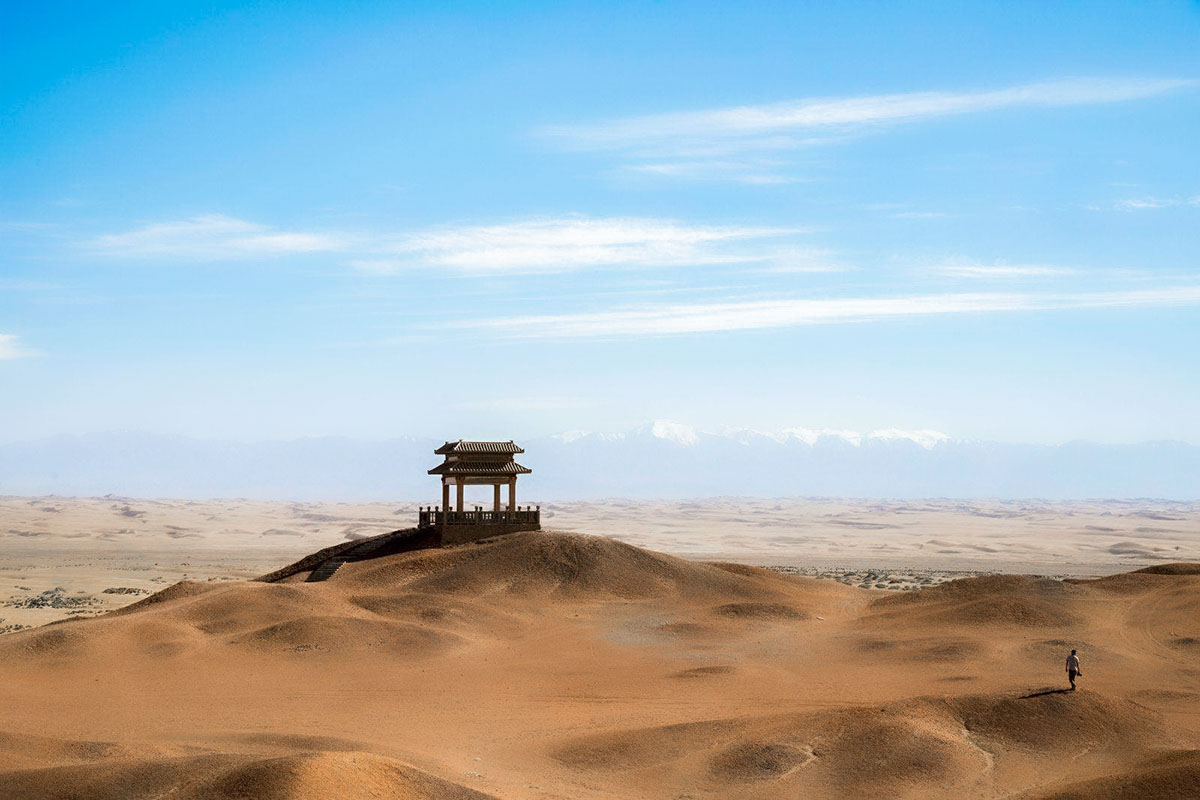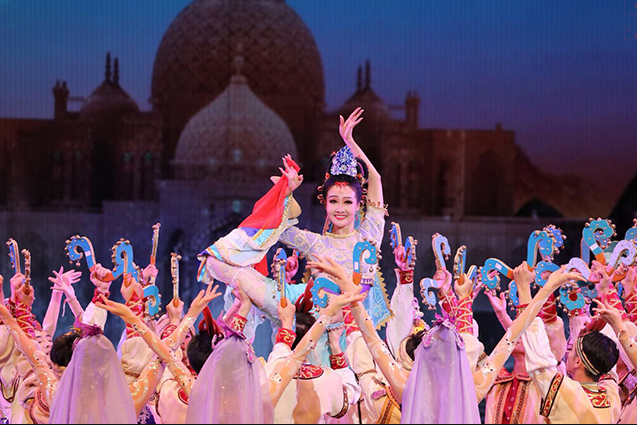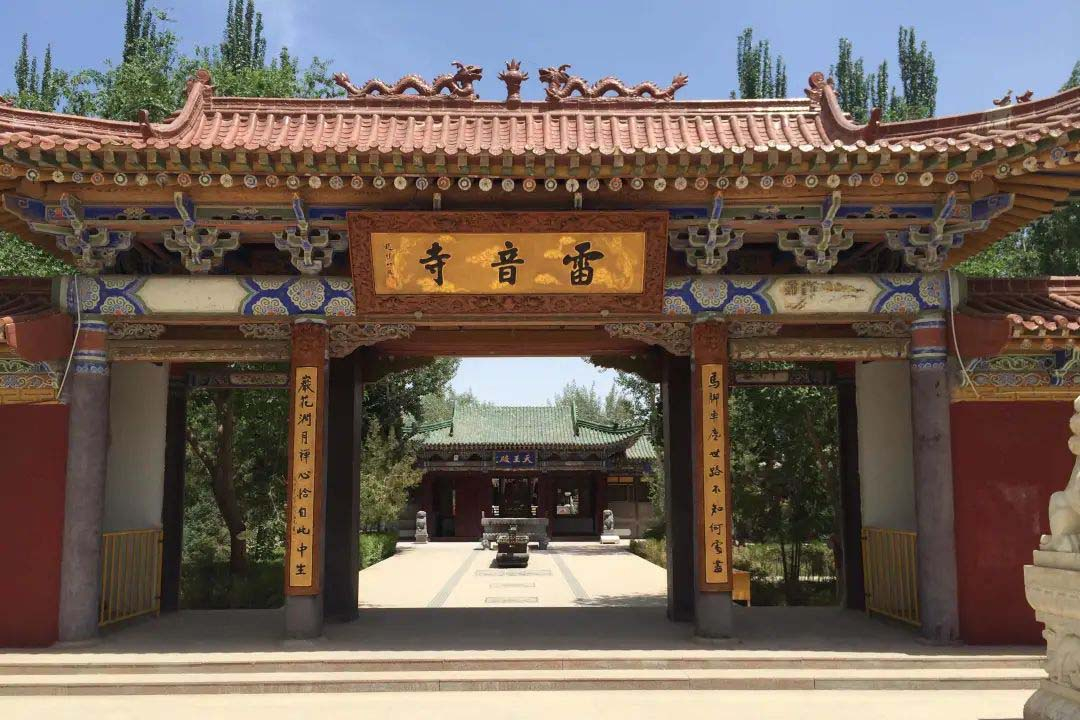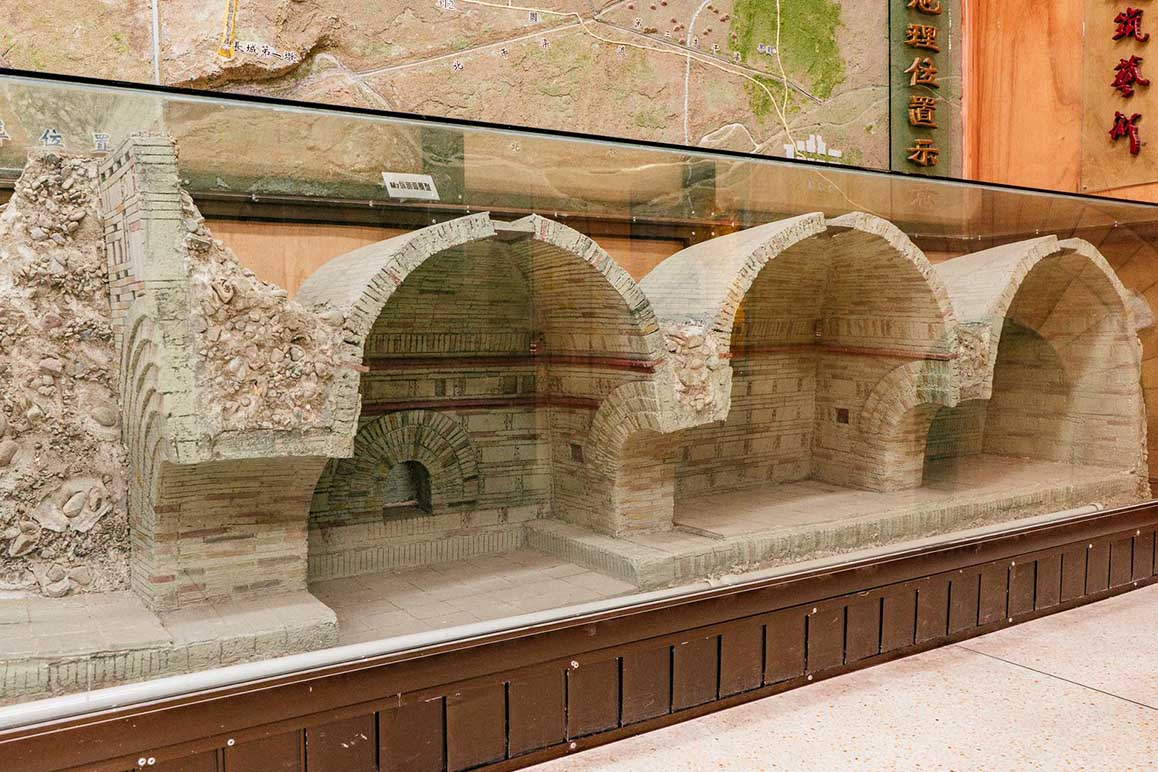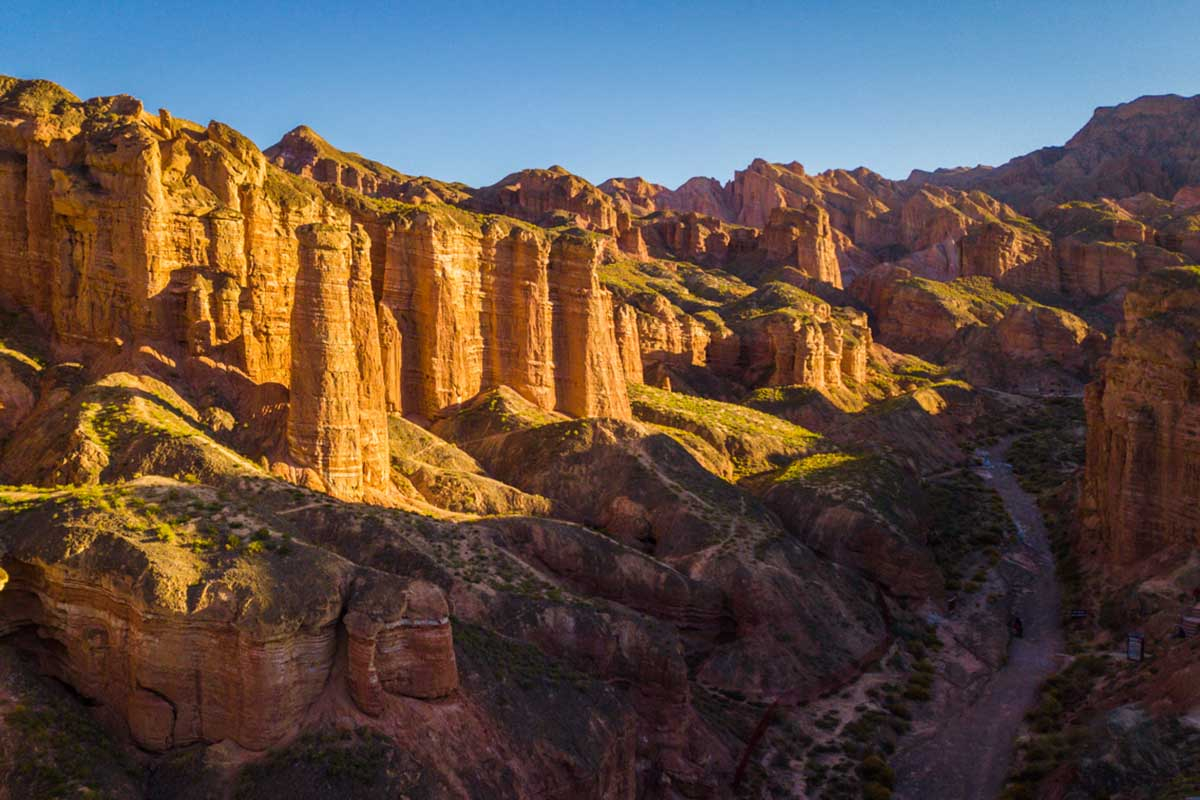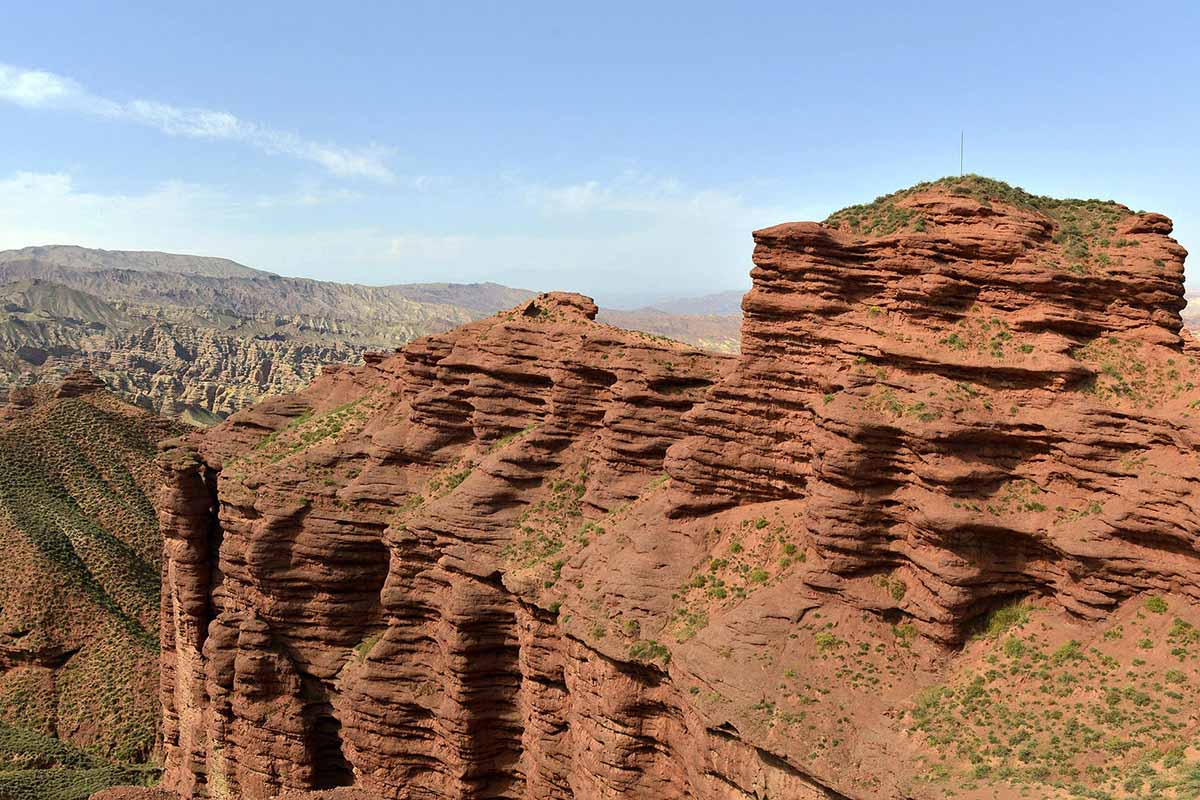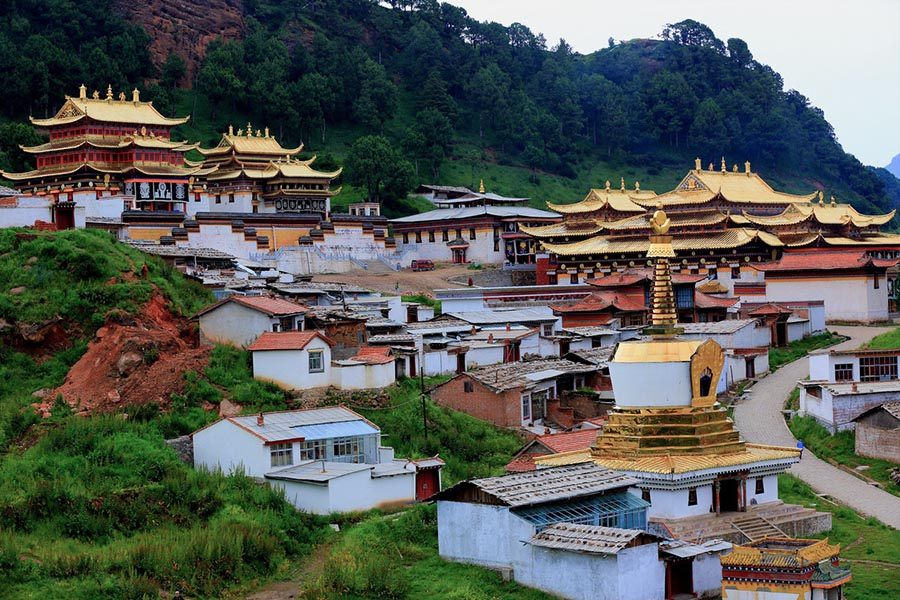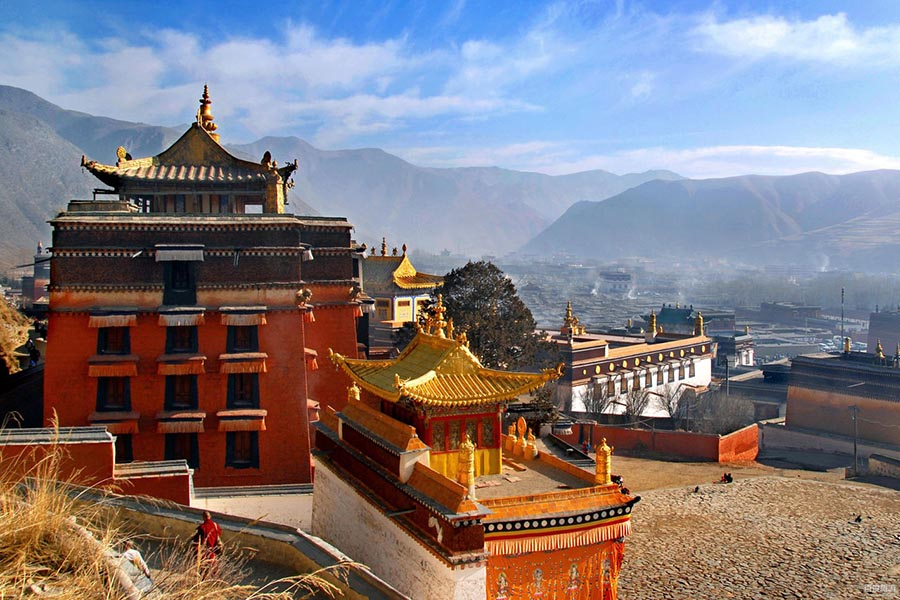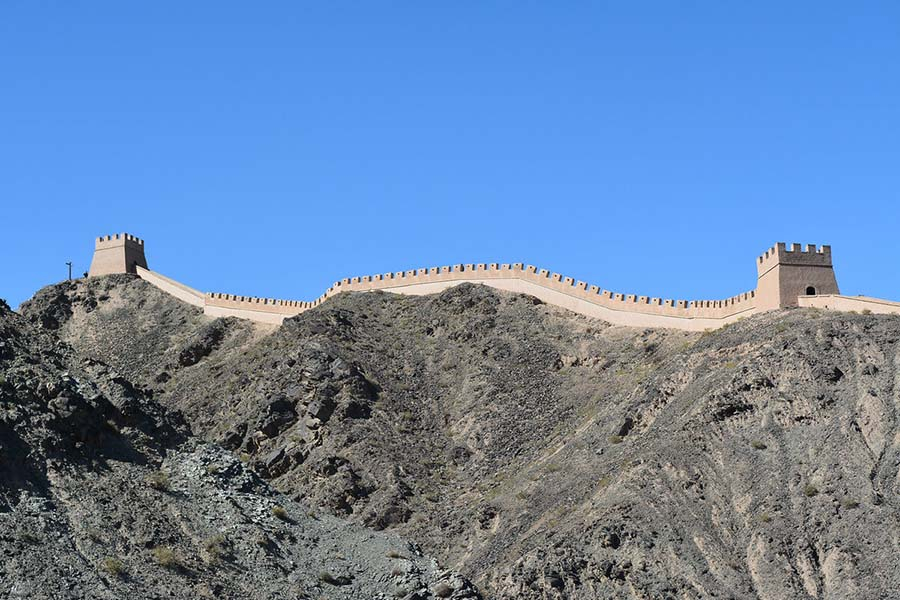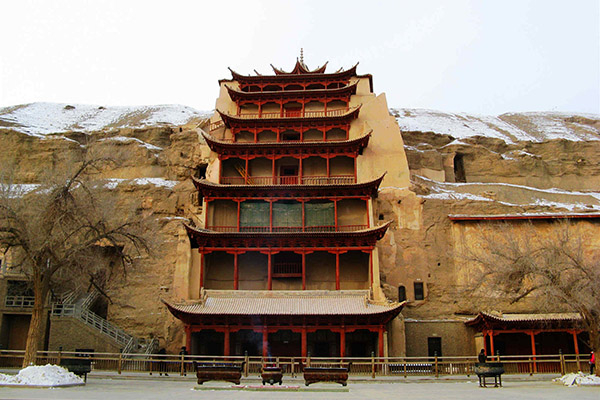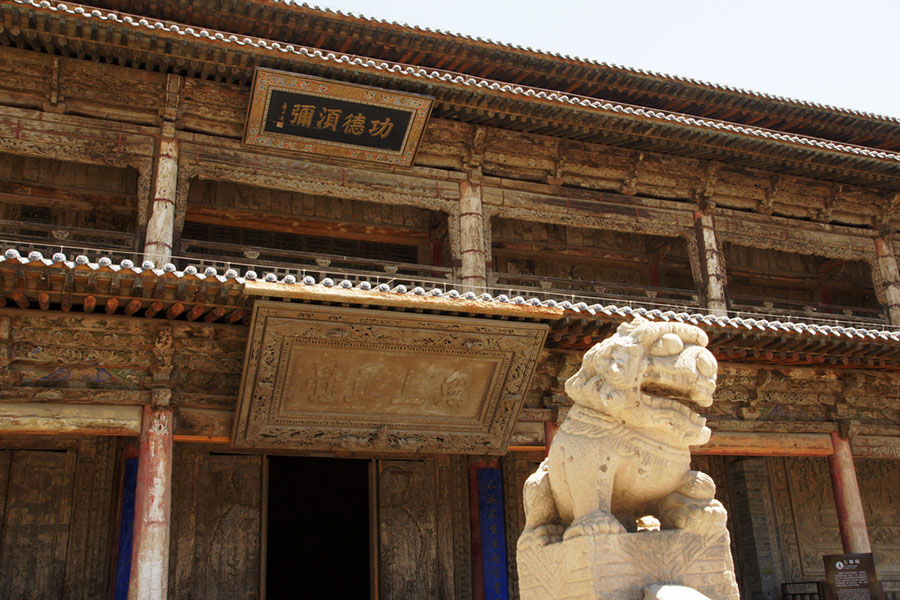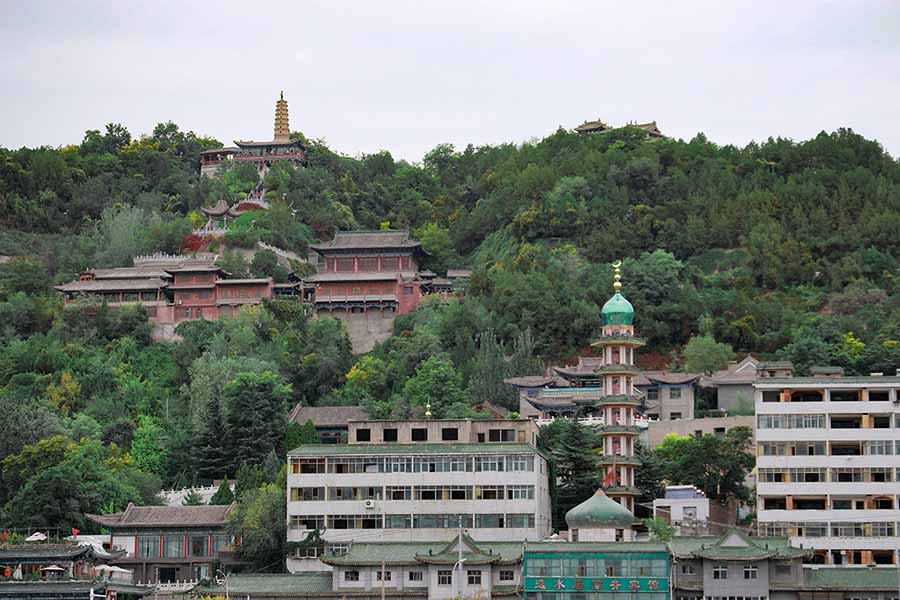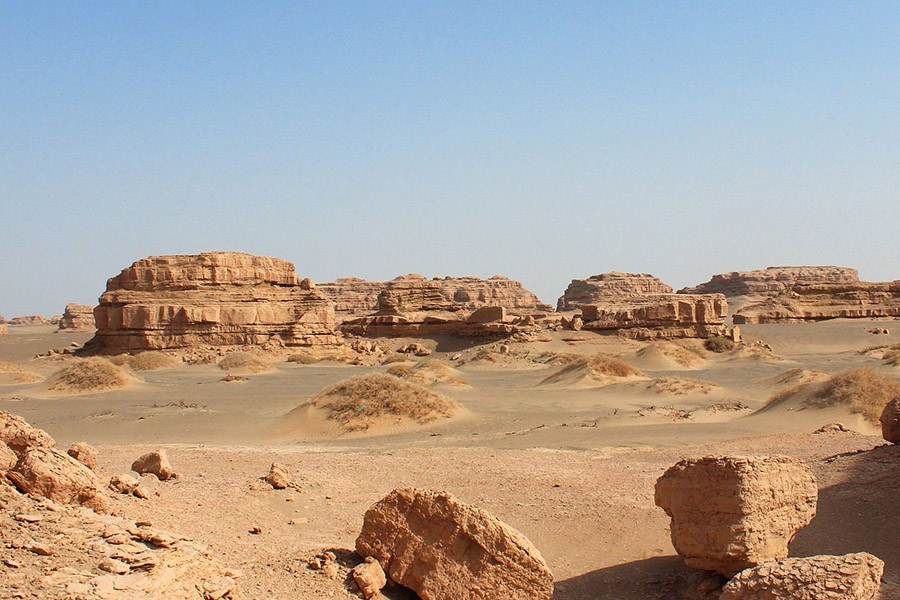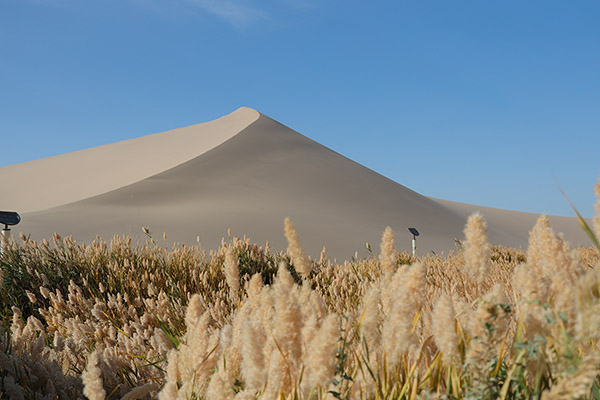Giant Buddha Temple
Chinese Name: 大佛寺(Da Fo Si)
Location: Dafosi Road, Ganzhou district, Zhangye, Gansu Province
Ticket: Entrance ticket CNY40.00
Estimated tour time: 1-2 hours
Recommended time to visit: May to Oct
Nearby attractions: Danxia Landform Geological Park, Qilian Zhuo er Mountain, Madi Temple, etc.
Gate of Giant Buddha Temple, ZhangyeMidway in the Hexi Corridor along the Silk Road lies the historic city of Zhangye, the centerpiece of which is the mysterious Giant Buddha Temple. Also being called Dafo Temple, the Giant Buddha Temple, located in the southwest corner of Zhangye of Gansu Province, is the largest architectural relic in Gansu Province of the Western Xia (1038-1227) period. China's largest reclining Buddha is well preserved in this temple. The Zhangye Museum is also located here.
The temple was built around the beginning of the 12th century, during the Western Xia (1038–1227) period. Zhangye (then called "Ganzhou”) was the capital city of the Hugu. In 1028, the Tibeto-Burman speaking Tangut people took over Ganzhou, and a few years later the Western Xia controlled the Hexi Corridor. To strengthen their hold over the area, the Xia built temples and ordered the translation of the Buddhist scriptures. They were especially strong during the reign of Emperor Li Qiangshun (1086–1139), and the Dafo Temple dates from this time.
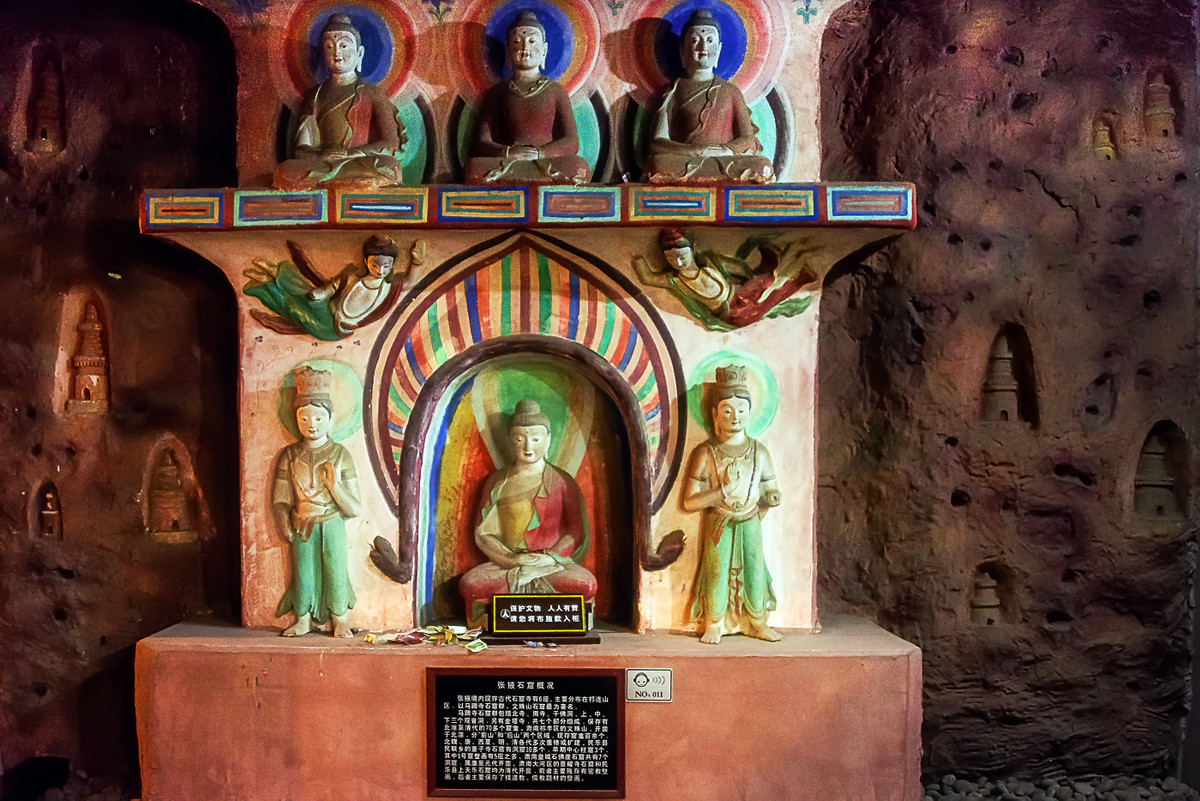
The history of the temple relates that in 1098, a monk called Sineng Weimie had seen numinous lights and heard heavenly sounds coming from a nearby hill at the foot of a mountain. Investigating the area, Sineng unearthed a hoard which included a reclining Buddha statue and set out to build a great temple in honour of the image, which he believed had been revealed by divine favour.The nirvana image in the temple has a long history of patrons and visitors and has been protected for centuries by its Buddhist monks, but it has also suffered from decay and restoration. Protecting it was most difficult during the Cultural Revolution.
There is a story that Kublai Khan (1215–1294) was born in the temple, while his mother was living there, and another that Bing, the last Song dynasty (960–1279) emperor, was exiled to Zhangye and became a monk in the temple. However, Ruth W. Dunnell has reported that she has been unable to find evidence to support either of these claims. She notes that they "illustrate the accretion of legend around this particular Buddhist site".
The existing complex consists of the Giant Buddha Hall, the Buddhist Classics Hall, and a Clay Pagoda. The two-storied Giant Buddha Hall is 33 meters high, 49 meters wide and 24 meters long, with a total area of 1770 square meters. The gold-plated and painted Giant Buddha lies in the Nirvana situation in the middle of the hall. The whole Buddha is 34.5 meters long and 7.5 meters wide between its two shoulders, with feet of 4 meters and ears of 2 meters. The Buddha's calm expression moves visitors. Behind the Buddha are 10 disciples, and in two side halls stand 18 Saintly Warriors. The walls of the hall are covered with colorful murals, which depict episodes from the Mountain-sea Sutra (an ancient Chinese encyclopedia) and from Journey to the West (a celebrated novel written in the Ming Dynasty).
The Hall of Scriptures has a double wall behind it and is forty metres long, twenty metres high. In 1996 the temple was added to the list of major national historical and cultural sites and the Beijing Review reported that 6,000 volumes of ancient Buddhist scriptures survived in the temple.
In 2005, the temple was reinstated as a place of worship, and the next year it was re-opened after a major restoration which aimed to promote it as a tourist attraction. On 1 July 2006, dozens of Buddhist masters blessed a large crowd which attended, in the largest gathering seen at the temple for more than a hundred years.
- HOTEST
- RECOMMEND
